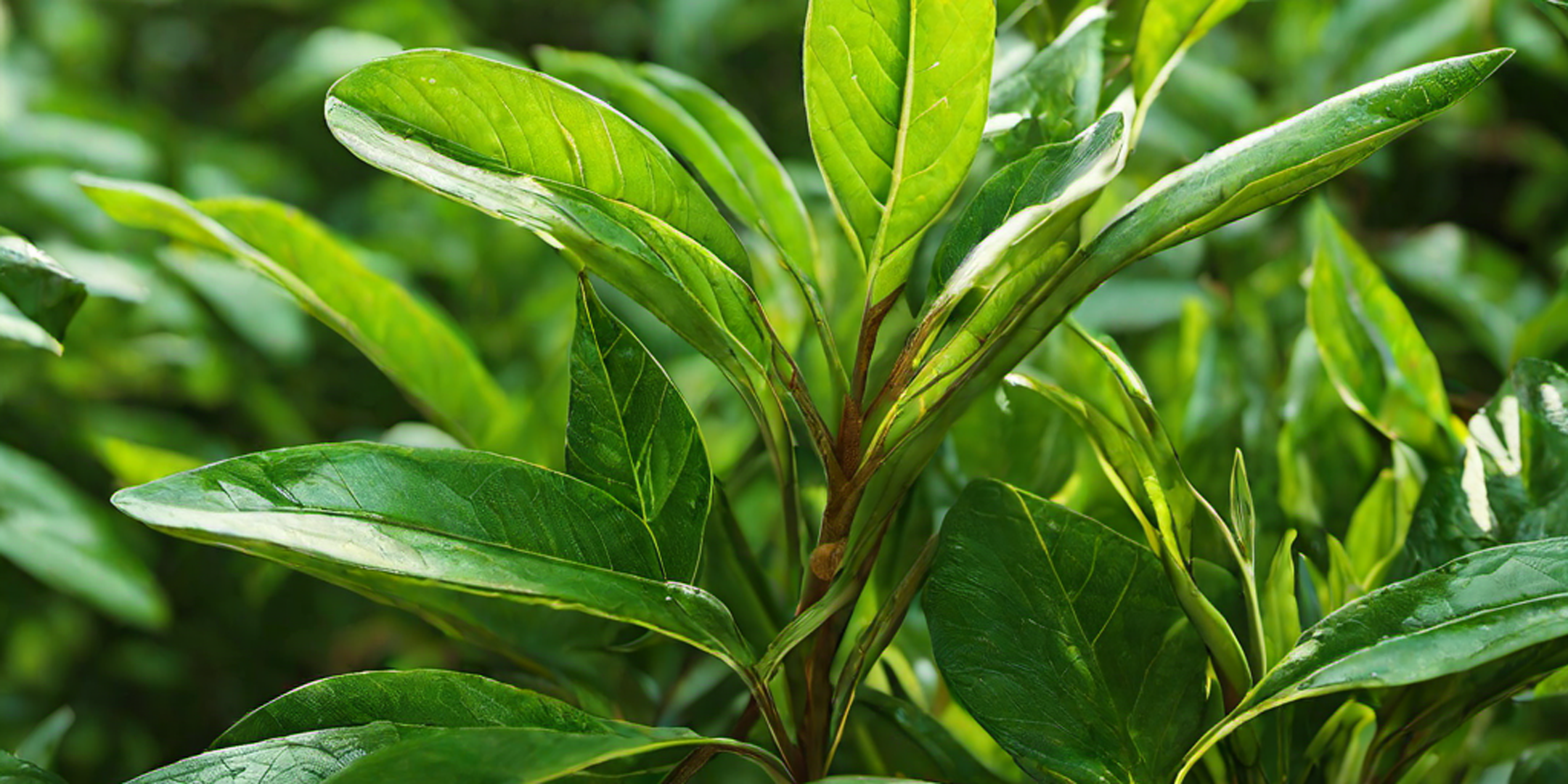Renowned for its delicate flavor, floral notes, and minimal processing, white tea occupies a place of honor among the world's finest teas, offering a wealth of health benefits. The harvesting process of white tea is unique and plays a significant role in preserving its natural qualities. In this blog, we will explore how white tea is harvested, its distinctiveness, and why it stands out among other tea types.
What is White Tea?
White tea is made from the young buds and, sometimes, the first leaves of the tea plant (Camellia sinensis). Unlike green, oolong, or black teas, white tea undergoes minimal processing. Characterized by fine silver-white hairs on the tea buds, white tea derives its name from its unique appearance.
Predominantly cultivated in China's Fujian province, with notable production in regions like India and Sri Lanka, white tea holds a special place in the world of tea.
The Delicate Harvesting Process
The harvesting of white tea is a meticulous and labor-intensive process that requires skill and precision. Here’s how it’s done:
1. Choosing the Right Season
- White tea is typically harvested in early spring, a time when the tea plants produce the youngest and most tender buds.
- The cool and mild weather during spring ensures the tea buds retain their delicate flavor and aroma.
2. Hand-Picking the Buds
- The hallmark of white tea is its reliance on careful hand-picking. Workers pluck only the youngest, unopened buds or, in some cases, the first two tender leaves.
- This selective harvesting ensures the tea’s purity and high quality, as older leaves and stems are excluded.
- The harvesting process often takes place early in the morning when the buds are fresh and dew-covered.
3. Gentle Handling
- The freshly plucked buds are handled with great care to avoid bruising.
- Bruised or damaged buds can start oxidizing, which alters the flavor and compromises the tea’s quality.
Minimal Processing: Preserving Nature’s Purity
Once harvested, the buds undergo minimal processing to maintain their natural flavor and nutrients. The key steps include:
1. Withering
- The buds are spread out on bamboo trays or mats and left to wither naturally under controlled conditions.
- This process reduces the moisture content and softens the buds, preparing them for drying.
- In some regions, the buds are sun-dried, adding a natural sweetness to the tea.
2. Drying
- After withering, the buds are carefully dried, either by air drying, sun drying, or using low-temperature ovens.
- This step locks in the tea’s flavor and ensures it can be stored for extended periods without spoiling.
White tea does not undergo the rolling or oxidation processes typical of other teas, which is why it retains its light and delicate character.
Why White Tea is Special
The simplicity of the harvesting and processing methods allows white tea to preserve its natural antioxidants, including catechins, which are beneficial for health. White tea's low caffeine content makes it an ideal choice for those seeking a gentle and sustained energy boost.
Types of White Tea
There are several varieties of white tea, depending on the harvesting method and region of production. Some of the most well-known types include:
- Silver Needle (Baihao Yinzhen): Made exclusively from the unopened buds, this is the highest grade of white tea.
- White Peony (Bai Mudan): Includes both buds and the first two leaves, offering a slightly fuller flavor.
- Shoumei: With its more mature leaves, this tea offers a bolder, more robust flavor profile.
The Art of Enjoying White Tea
To truly appreciate the delicate nature of white tea, it’s essential to brew it correctly:
- Use water at a temperature of about 75-85°C (165-185°F).
- Steep the tea for 2-5 minutes, adjusting the time to achieve your preferred intensity.
- Avoid using boiling water, as it can scorch the buds and ruin their subtle flavors.
Conclusion
The harvesting process of white tea is a testament to the care and dedication required to produce this exquisite beverage. From the early morning plucking of tender buds to the gentle drying methods, every step preserves the tea’s natural essence.
By understanding the intricate process behind white tea, you can better appreciate its unique flavor and health benefits. So, the next time you enjoy a cup of white tea, take a moment to reflect on the craftsmanship and tradition that goes into each sip.




